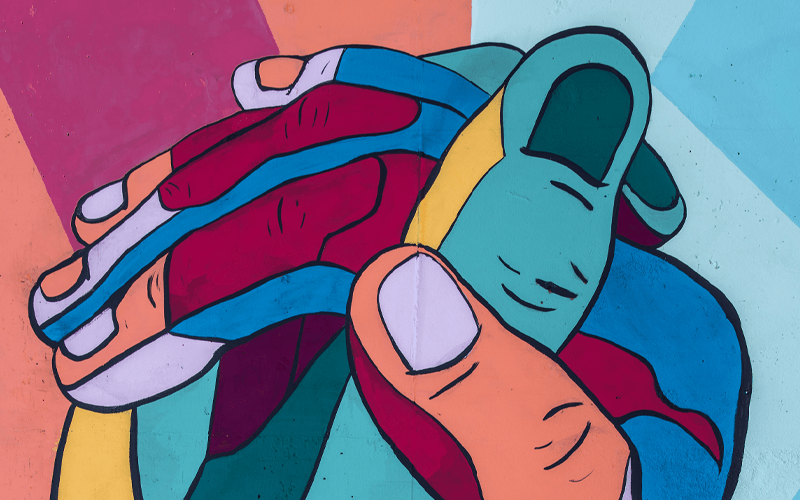Making Sure Your Diversity Has Inclusion

October is known for many observances, and now, arguably one of the most important of the month, Diversity Awareness. No matter what industry, city, or even country you live in, the effects of diversity, or the lack thereof, play a vital role in how organizations function.
Brands and businesses, at the organizational level, are responsible for creating environments that represent the communities we live in — which means a variety of identities and backgrounds. While equal opportunity and hiring for diversity are not new concepts, creating inclusion often is. What’s the difference between diversity and inclusion? The two are not mutually exclusive, which is the most important thing to note.
In short, diversity is the “what” and inclusion is the “how.” Diversity is objective; inclusion is subjective. Your organization can have the most diverse staff in history, but, if none of them feel included, you won’t have the employee engagement or retention that you sought to achieve through your efforts.
What factors influence workplace inclusion?
Organizational Practices
Implementing inclusive practices will ensure your staff in marginalized identity groups are given equal and safe opportunities to speak their minds and advance in the organization. Promotion practices, for example, should be transparent and completely objective. Peers should be asked to review associates just as often as supervisors, providing feedback that is not solely based on one person; this type of practice ensures implicit bias does not affect one’s trajectory in an organization.
Top-down Leadership
If leadership isn’t committed to inclusion, you can throw the whole concept away. While trickle-down economics isn’t a proven method, trickle-down inclusion certainly is. It’s up to leadership to set the tone for the organization. If an executive or manager isn’t genuinely committed to learning the experience of each associate, they won’t be able to provide genuine psychological safety and engagement in the workplace.
Workgroup Inclusion
The day-to-day climate of an organization is greatly affected by its employees. What’s the tone like during meetings or workgroups? What type of language is used? Are certain people being talked over? These dynamics all play a role in how inclusion is measured and experienced by associates.
How to be more inclusive
There is no one way to ensure every single person at an organization experiences inclusion, but there are many steps and practices that can be upheld to succeed. Creating an affinity group or inclusivity committee* is an excellent way to elevate the voices of associates who may be underrepresented; this provides a resource to educate the greater organization and allow associates of marginalized identity groups to feel connected and heard.
If an organization does not have associates comfortable taking on the role of an inclusion affinity group, there are some helpful tools and actions that leaders can take part in to enhance inclusion:
- Create an inclusive language toolkit to inform the organization on appropriate terms and phrases (i.e., culture, race, ethnicity, gender, sexual orientation, religion, etc.)
- Anonymous employee surveys asking for opinions about the current climate and how the organization can do better
- Adding gender pronouns to email signatures or bio pages
- Enforce rules and processes for meetings that ensure each associate has a chance to speak and is not interrupted
- Transparent HR practices (hiring, promotions, reviews)
- Ongoing education and open discussions (informal or formal)
There will always be room for improvement, but diversity and inclusion must go hand-in-hand to offer safer, more engaged workplaces. While this process starts within, it spreads out through external messaging and employee advocacy.
Diversity and inclusion do not stop with the internal happenings of an organization. For brands and businesses looking to diversify their audiences or customers, inclusion must be a factor. Whether you are promoting a product to a new audience or launching a healthcare service to a new group, your messaging says it all.
Without genuine inclusion practices in place internally, and outwardly, it’s likely that your new objectives will fall short. The time to make a difference is now and practices involving compassion and inclusion are going to provide the best results.
*Col led the way in starting The Martin Group’s own Inclusivity Council, which is tasked with the continuing education of our staff and focusing on our overall diversity and inclusion.